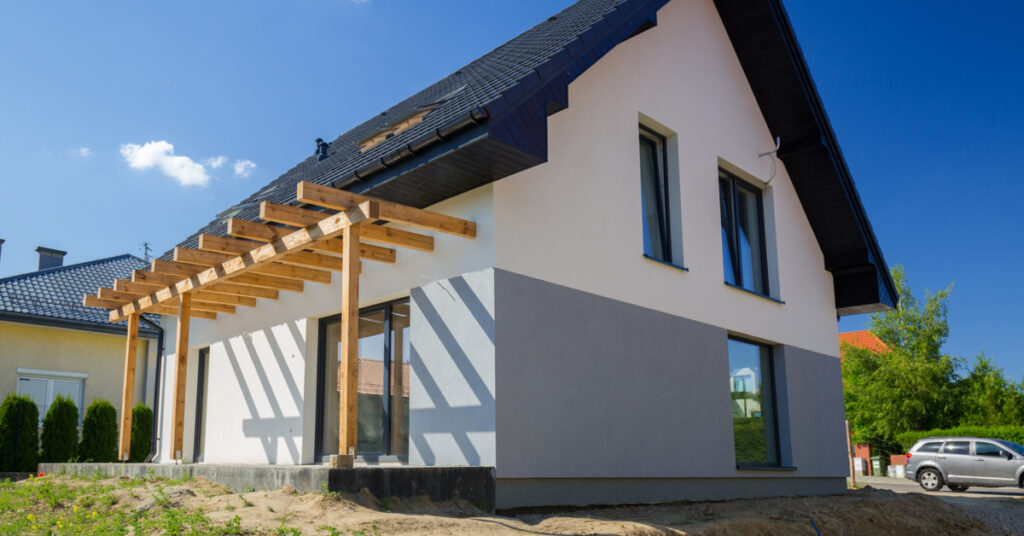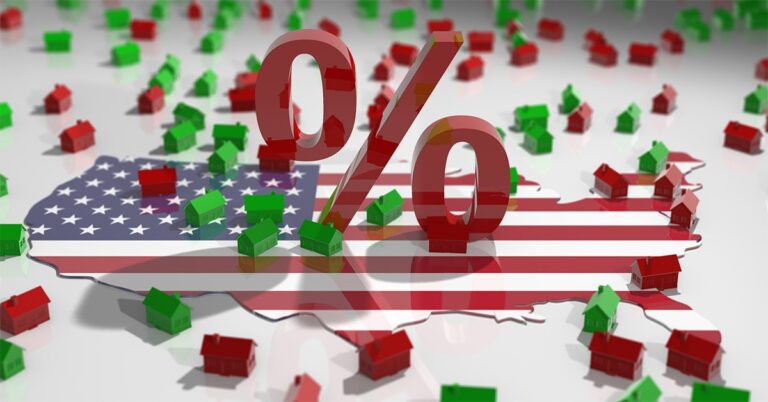Sales of new single-family homes came in at a seasonally adjusted annual rate of 676,000 units in June — the slowest pace in 14 months, signaling that builders remain tentative on taking contracts due to construction material uncertainties.
The newest numbers from the U.S. Census Bureau and Department of Housing and Urban Development were down 6.6% below May’s rate of 724,000 units, itself revised downward from the previously reported 769,000.
It’s the third consecutive month that new-home sales were lower than during the month prior. Since peaking at a rate of 993,000 units in January, momentum for the new-home segment has lost significant steam. New-home sales remain up 13.5% on a year-to-date basis, but it’s clear that supply chain constraints are providing a major headwind to the market.
“The June data came in lower than expected, and we anticipate an upward revision next month,” said Robert Dietz, chief economist at the National Association of Home Builders (NAHB). “Nonetheless, sales have trended lower as construction costs have increased and builders have sought to manage material delays and cost challenges in the construction pipeline, in addition to dealing with shortages of lots and labor in many housing markets.”
“Sales continued to trend lower in June as some builders slow sales contracts to manage supply-chains, amidst longer delivery times and higher construction costs,” said NAHB Chairman Chuck Fowke, who has been warning industry observers of material input issues for months. “While lumber prices have shown some improvement in spot markets, these declines take time to translate into lower construction costs. Moreover, other items like [oriented strand board] remain elevated.”
Mark Vitner, economist at Wells Fargo, said that the bank’s research team “had a sense that new-home sales would disappoint in June and were expecting a number well below the 800,000-unit annual rate consensus.” The actual figure, however, came in even lower than they anticipated.
Vitner said that the sales decline also reflects sticker shock on the part of buyers, as well as a shift in buyers’ attention toward services spending. Surging home prices, Vitner explained, came around the same time as much of the country began to reopen from COVID-related restrictions, prompting many consumers to increase spending on travel and leisure — thus reducing disposable assets that could’ve been spent on housing.
Still, while June’s numbers have led some to proclaim that the housing boom has peaked, Wells Fargo doesn’t see it that way.
“While there have already been a number of calls projecting that housing has peaked for the cycle,” wrote Vitner in Wells Fargo commentary, “we do not see the recent pullback in sales as all that dire … The important point is that home builders are still selling virtually everything they build. Inventories of completed homes, while they have increased slightly, remain near an all-time low.”
Inventory did grow modestly in June, but remains low at a supply of 6.3 months. The inventory of homes that are available for sale but have not begun construction was up 84% during the month, a plain indicator that material issues remain at play.
The median sales price of new homes continued to rise, reaching $361,800 in June, up 6% from the same month in 2020.








